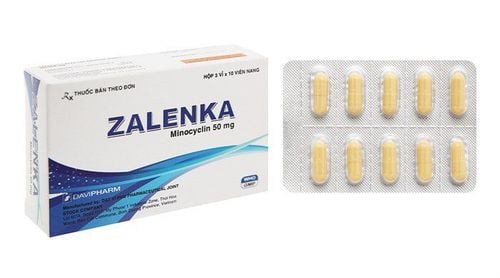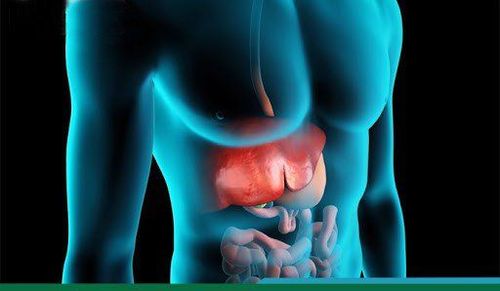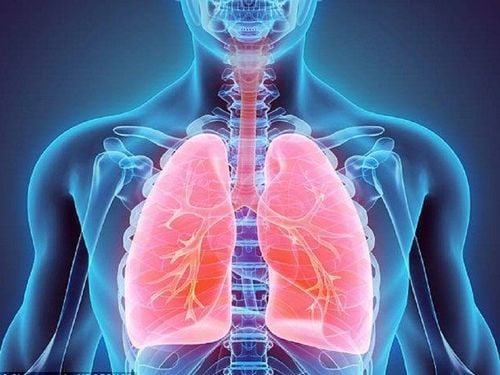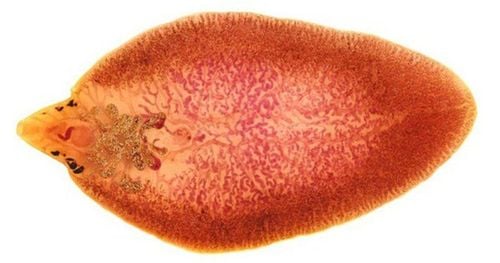This is an automatically translated article.
Removal of the pleural tube and draining the lung abscess is a procedure to remove the drain from the pleura or abscess when the patient's progress is better, and the amount of fluid and air is still small.
1.Extract pleural tube, drain lung abscess
Removal of the pleural tube, draining the abscess is a procedure to remove the drain from the pleural cavity or lung abscess.
Extubation is indicated after the treatment of pleural effusion, lung abscess is effective when:
Pneumothorax: no air drainage and chest X-ray after 24 hours without any pneumothorax. pleura . Empyema i: drainage and irrigation do not produce pus. Pleural effusion: the amount of fluid drained <50ml/day. Drain tube blockage. Purulent drainage with chest wall fistula. Pleural drainage for more than 2 weeks.
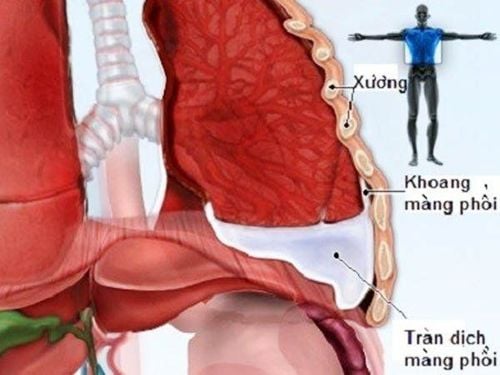
Rút ống dẫn lưu được chỉ định sau quá trình điều trị tràn dịch màng phổi
2.How to remove the pleural tube
2.1 Preparation The person performing the pleural drainage and draining the lung abscess is the nurse and the doctor. Before that, the patient and family members will be informed and explained the purpose of the procedure.
Some of the equipment needed for the procedure include:
2 ampoules of atropine 1/4mg and 2 ampules of lidocaine 2% 2ml Shock-proof box Bandage change kit, suture cutter 5ml syringe, 2N gauze Sterile gloves Sterile bandage 2.2 Steps Place the patient in a sitting or lying position with the head elevated. Extensive disinfection around the drainage site. Stretching l Sewing just waiting. Cut the suture to fix the drain. Ask the patient to try inhaling, exhaling, and holding their breath several times. Simultaneously, nurses quickly withdraw the drainage tube from the pleural space or abscess. When withdrawing, the drainage must be continuously aspirated until the tube is completely withdrawn from the pleural space to remove any remaining air and fluid in the tube as well as in the pleural space. Ligation waits as soon as the tube is withdrawn, after the patient has exhaled and held his breath. Sterilize with betadin, bandage carefully. Make an appointment for the patient after 1 week to go to the nearest medical facility to have the suture removed.
3.Monitor and manage complications

Bệnh nhân hạ huyết áp là triệu chứng của cường phế vị
After performing pleural drainage, or draining the abscess, the patient will continue to be monitored in the ward. Some complications may occur after draining the tube, such as:
Symptoms of vagal hypertrophy: the patient shows signs of fatigue, dizziness, slow pulse, low blood pressure. Need to stop the procedure, let the patient lie down, inject 2 ampoules of Atropin 1/4mg intramuscularly, continue to monitor pulse rate, blood pressure, blood oxygen saturation. When blood pressure is <90/60mmHg place peripheral intravenous line Pneumothorax: due to air entering the pleural space when drain tube is removed. Chest X-ray should be repeated after the drain is removed. In case of small pneumothorax, give oxygen and monitor. Multiple pneumothorax requires an indication for aspiration. In summary, pleural drainage and pulmonary abscess drainage is a procedure to remove a drain from the pleura or abscess when the treatment of pleural effusion and lung abscess is effective, and The patient's progress is better, when the amount of fluid is drained, the amount of air is still small.
Customers can directly go to Vinmec Health system nationwide to visit or contact the hotline here for support.




